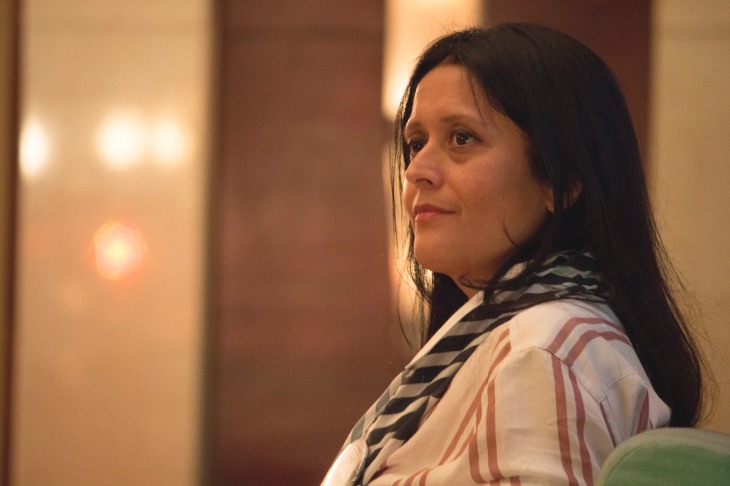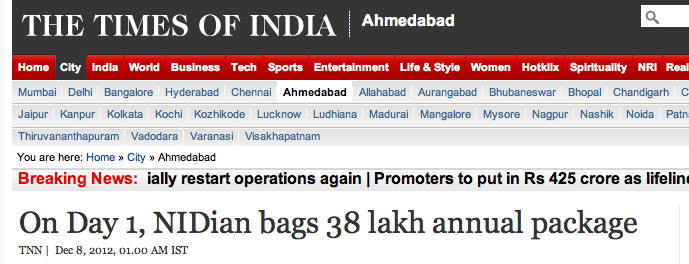Can Corporate changes be brought about by Design? To be precise, by students of design? A few days ago when my students of Design from the Institute of Design presented their ideas to the top leadership of JK Organisation, it felt like a small step for the organisation but it’s a big leap for the students of Design at JK Lakshmipat University at Jaipur.
It doesn’t get bigger than this for our Design students. JKLU’s final year’s students of Interaction Design, Product Design and Interdisciplinary Design got together in their penultimate semester for a Systems Design project to do a joint assignment. Fortunately, at the same time, JK Paper was approaching the Institute of Design for offering an assignment on design thinking.
One thing led to another, and all the 21 students were organised to visit to all three processing plants located in Telangana, Orissa and Gujarat by the top management.
Students began to understand the mega system of the plants and the business, mapped the complex components and their interrelationships by observation, conversations with all the stake holders of the system, documented the processes and listed out the opportunities for design intervention. All the students came back to form groups to organise the massive information they had collected from all the actors in the system.










They then went on to identify short-comings in the system and focussed on parts of the system, if designed better, will have a ripple effect throughout the plants.
Opportunities were mapped and ideations were done to make the systemic improvements by design. A 150-page document was prepared which was a collection of opportunities mapped and the concepts explained.
The identified opportunities were of an extended range. From giving strategic suggestions for dealing with waste, to designing multi-purpose identity cards, from designing safety shoes to developing communication devices, from developing better signage systems to color-coding uniforms for staff, the students had a smorgasbord of ideas that are important, creative and implementable.
Some examples:
Students identified the challenge of dealing with waste and suggested a systemic solution of starting a non-profit which will develop paper maché products by hand by the local populace.
Inter-office communication was improved with the design of an IOT-based device.
Signages were designed for clarity and communication to prevent mishaps and mis-directions.
Employees were made to feel safer by incorporating a first-aid kit into their shoes for immediate action.
Employee morale was boosted by organising better systems for storage of personal belongings and better redesign of the canteen space. An app was designed for ordering at the desk from the canteen, avoiding long queues at the eating places.
Employees were identified as to which group they belong colour-coded helmets and uniforms.
A place for giving anonymous feedback was designed to give the employees to be more forth-coming. An experience centre was designed for display and better experience.









The ideas are all documented into a 150-page document and JK Paper’s top leadership are so convinced about the output of the project, they are going to be implementing these soon.
There are several winners in this project. The JKO will benefit from these plethora of ideas. Students of Institute of Design have the confidence to use their systems thinking prowess in new job roles. JKLU has been able to prove once again, that the Institute of Design is doing cutting edge work. Design is relevant now in more ways than one. It is morphing from design of artefacts to design of social good. Our students are now getting ready for their new role of Change makers by bringing their systems thinking prowess into newer projects.











